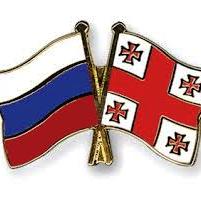(The Washington Quarterly) Russian President Vladimir Putin’s evolving policies toward Ukraine have continued to surprise almost everyone. It was clear from the start that he considered the February 2014 ouster of Ukrainian President Viktor Yanukovich to be illegitimate, another example of what he portrayed as Western-orchestrated regime changes—and feared he was potentially the next target. He also viewed Ukraine’s definitive tilt toward the West as a challenge to Russia’s power and control in its traditional sphere of influence. It was obvious that he was going to react negatively. But the specific choices he made have astounded even expert analysts.
First came the shock of Moscow’s annexation of Crimea, using special operations forces known as “little green men” in Ukraine and “polite people” in Russia. After the fact, political scientist John Mearsheimer was quick to explain this as Putin’s reaction to the possible expansion of the North Atlantic Treaty Organization (NATO) to include Ukraine. The post-Cold War NATO enlargement process started in the mid-1990s with invitations issued to Poland, Hungary, and the Czech Republic, and official talk about extending NATO to include Ukraine began in 2008. Mearsheimer argued that Putin’s dread over the possible loss of Russia’s naval base in the Crimean port of Sevastopol explained his 2014 gambit. But in fact, there was nothing obvious that should have triggered this particular choice on Putin’s part, and no one had (at least publicly) predicted it in advance. NATO had last expanded five years earlier, and further expansion of any kind was not on the alliance’s agenda in 2014. No one in NATO was seriously considering inviting Ukraine to join the alliance anytime soon, given the abysmal state of Kyiv’s economy as well as the corruption and Russian penetration of its armed forces, to say nothing of its lack of political stability. […]
Read More © The Washington Quarterly










